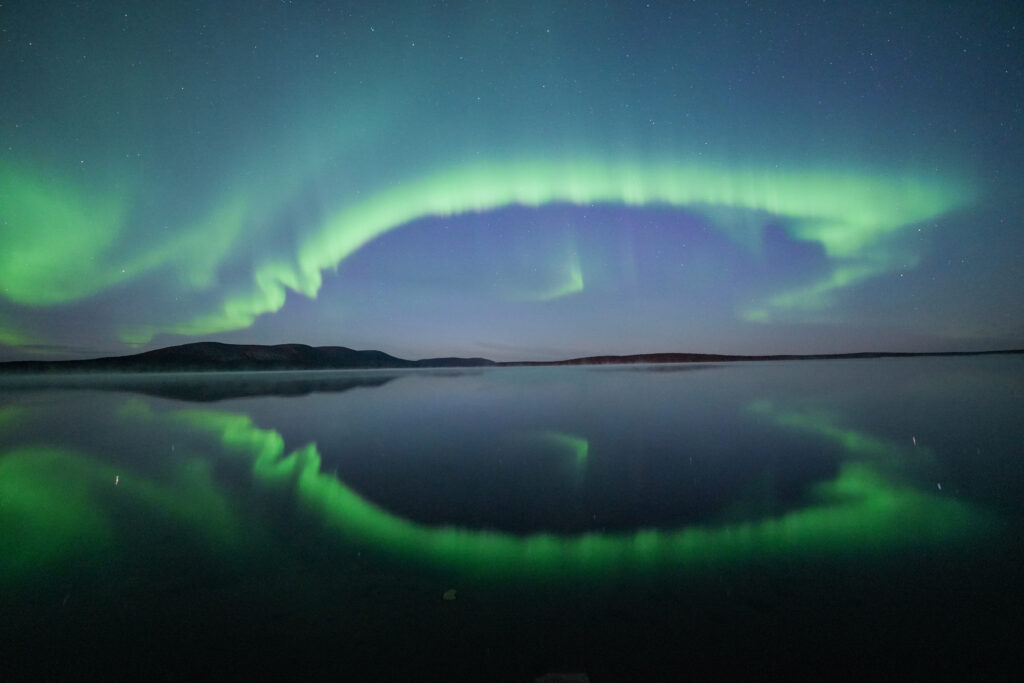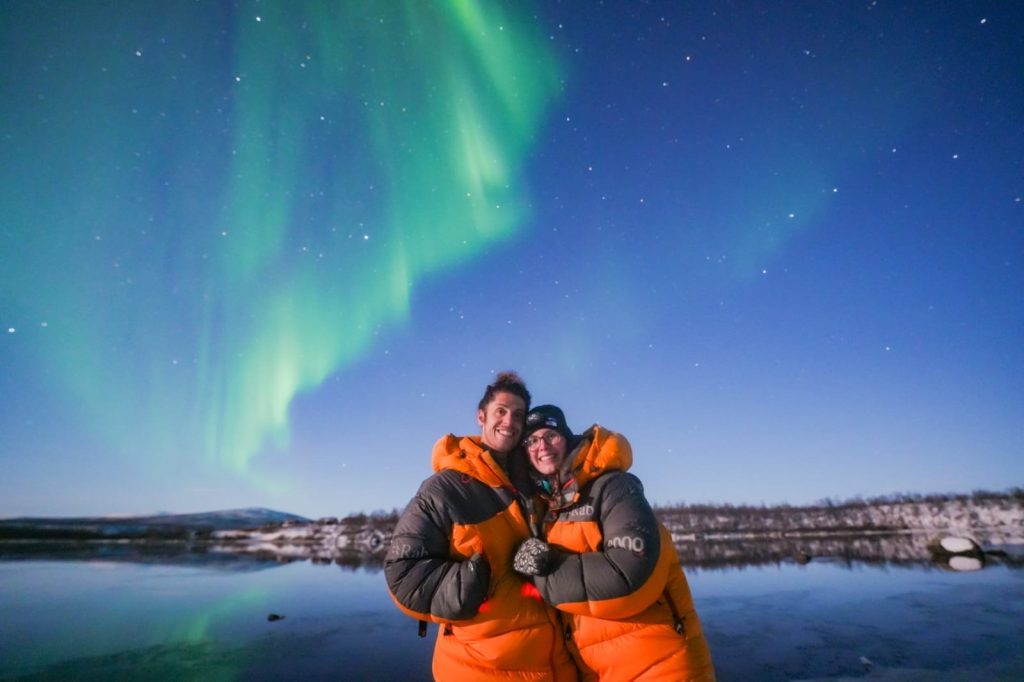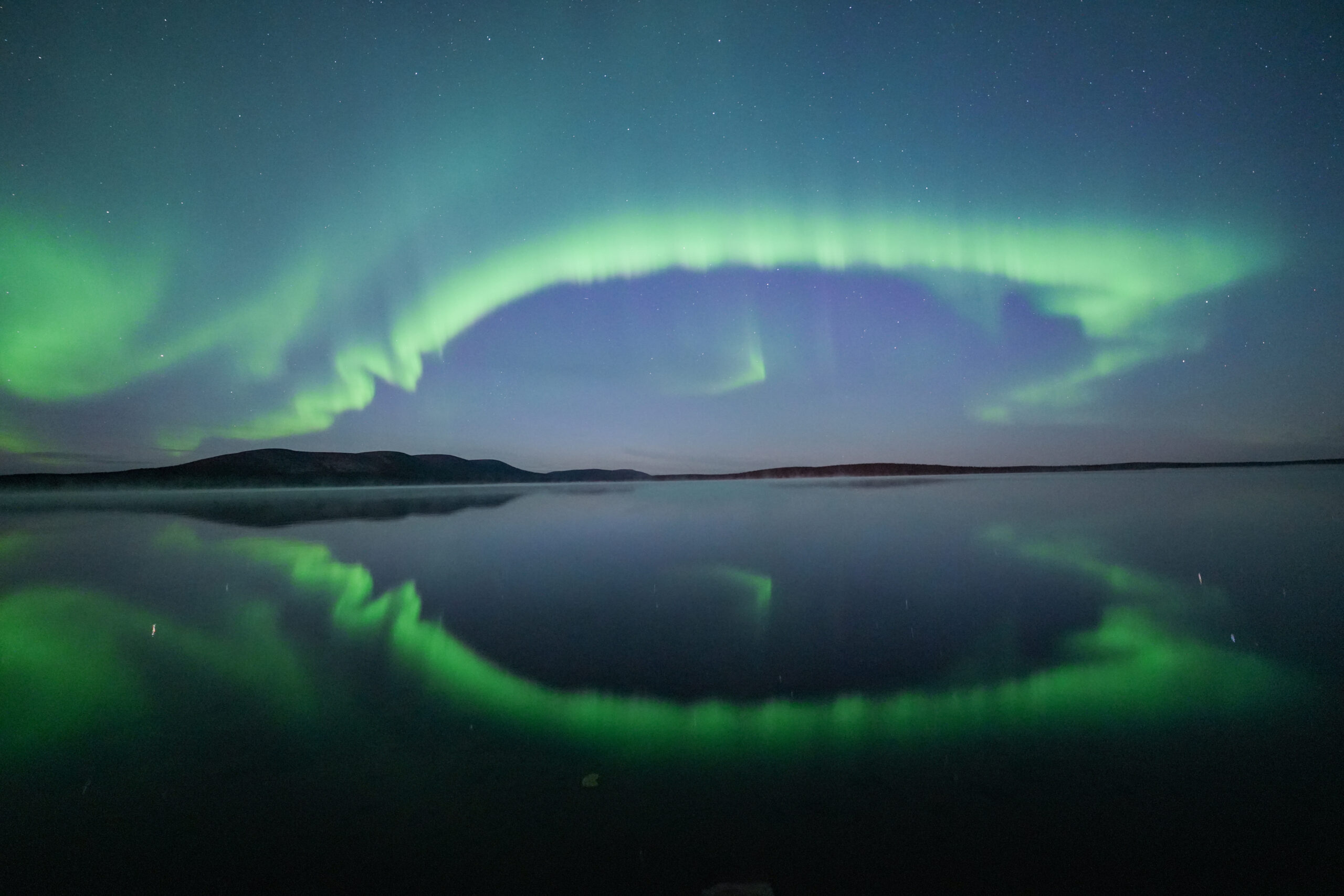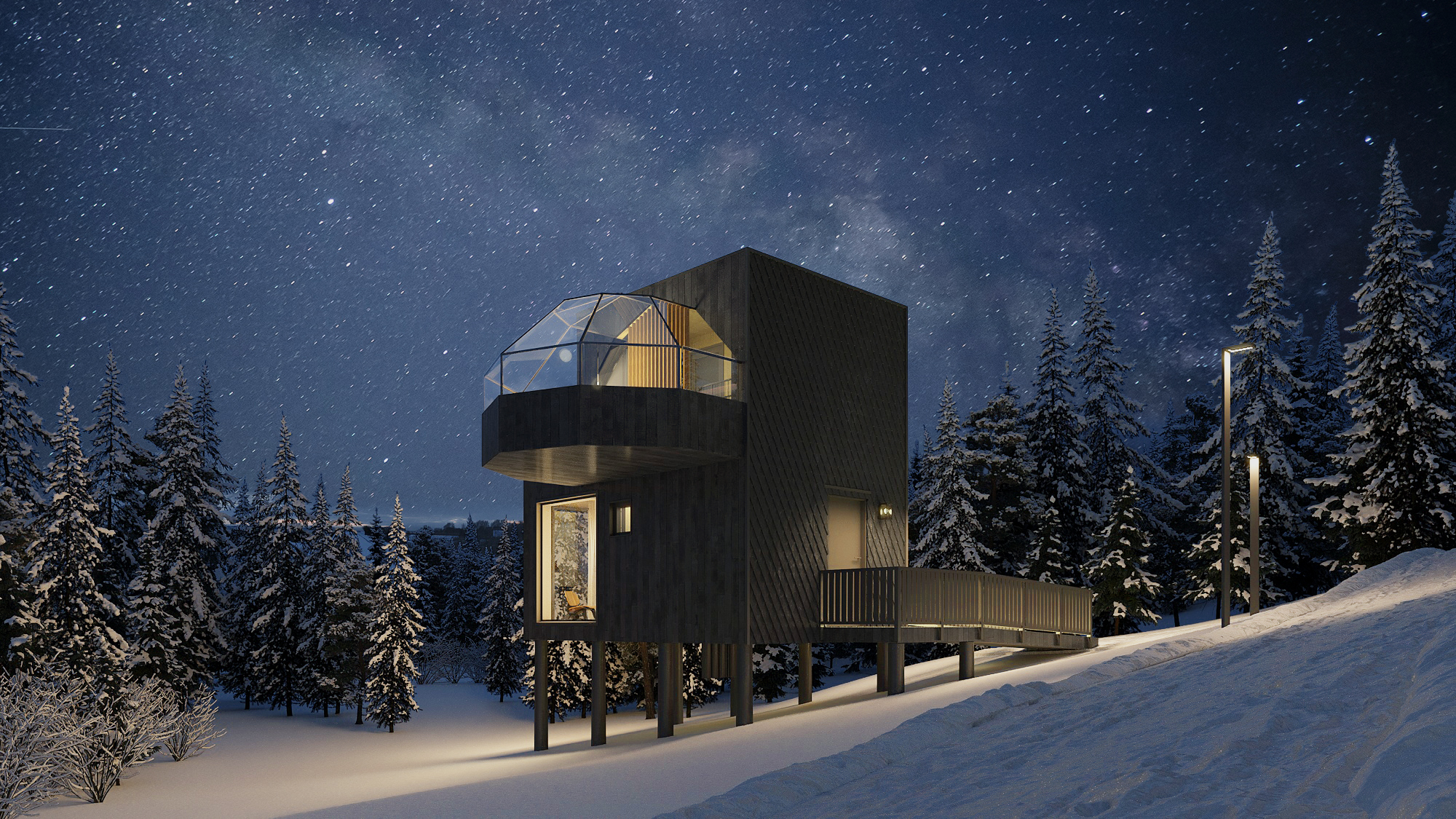The best time to see the northern lights is during the dark months, from early September to late March. While the entire season offers opportunities, the periods around the autumn and spring equinoxes—September and March—often experience heightened solar activity, which can lead to the most spectacular displays.
Witnessing the aurora borealis isn’t just about seeing something; it’s an experience that envelops you. A silent, emerald river flowing across the velvet canvas of the Arctic sky. The key is understanding not just where to look, but when to be present for the spectacle. The sky does not perform on a human schedule, but follows a celestial rhythm that is both ancient and precise.
The questions every prospective traveller holds are of place and time. Aligning your journey with the ideal location and the perfect season is the art of transforming a hopeful glimpse into a profound, personal encounter with the cosmos. It requires an appreciation for the geography and seasons of the north, where pristine darkness and clear air dictate what is possible. Let us guide you through the map and the calendar, revealing where and when the heavens are most likely to open.
Where to Go: Finding the Perfect Stage in Finnish Lapland
The northern lights are a delicate celestial whisper, and to hear them, you must first find silence. In this case, the silence is an absence of light. To truly experience the spectacle in its full glory, you must journey away from the human world and into the heart of pristine darkness.

The Golden Rule: Escaping the Glow
The artificial glow from even a small town can cast a veil over the night sky, diminishing the aurora’s brilliance and washing out its subtle, ethereal colours. Your ideal vantage point is a remote landscape where the only illumination comes from the moon and stars. This quest for true darkness is not just a practical step; it is an essential part of the pilgrimage, preparing you to receive the full impact of the cosmic display.
Lapland’s Premier Dark-Sky Regions
While the aurora can be seen across Lapland, certain areas offer an unmatched combination of minimal light pollution, unique landscapes, and favorable weather patterns.
Utsjoki & Northern Inari: The Farthest North
In the northernmost municipalities of Finland, you are truly at the edge of the world. This region offers vast, open tundra and fell landscapes under one of the darkest skies in Europe. The sense of scale here is immense, and the profound silence of the wilderness provides a humbling backdrop for the celestial dance.
Kilpisjärvi: The Majestic Northwest
Nestled in Finland’s ”arm,” the Kilpisjärvi area is legendary among aurora hunters. Dominated by the iconic Saana fell, this region is known for its unique microclimate, which often results in clearer skies than surrounding areas. It is a place of raw, powerful beauty, where the lights often appear to burst forth from behind the majestic fells.
Pallas-Yllästunturi National Park: Wildness Meets Comfort
For those who seek pristine nature without sacrificing accessibility, the area around Finland’s third-largest national park is ideal. The park’s protected status ensures vast swathes of pure darkness, yet it is flanked by resorts that offer high-end comfort. It’s the perfect synthesis of a wild Arctic stage and a serene, luxurious retreat.
When to Go: Unpacking the Aurora Season, Month by Month
September & October: The Autumnal Equinox Advantage
The season begins with a quiet grace. As the first deep darkness returns to the Arctic, so does the opportunity to witness the northern lights. These months benefit from the autumnal equinox, a time of heightened solar activity that can ignite the sky with exceptional intensity. The air is still mild, and the landscape is free from deep snow. It is a unique window where the aurora can be seen reflected in the still, dark waters of Lapland’s countless lakes, doubling the celestial magic before the ice arrives.
November & December: The Heart of the Polar Night
This is the quintessential Arctic dreamscape. The sun dips below the horizon for weeks on end, blanketing the land in the deep, tranquil twilight known as the Polar Night, or ’kaamos’. This period offers the maximum number of hours for viewing, a vast canvas of darkness awaiting the first stroke of cosmic light. The world is hushed, covered in a pristine layer of snow, and every expedition into the wilderness feels like entering a secret, starlit world.
January & February: The Cold, Crisp Advantage
Midwinter brings a profound stillness and a penetrating cold that holds a distinct advantage: clarity. The crisp, frigid air is often exceptionally dry and stable, leading to brilliantly clear, cloudless skies. This is the secret to a successful viewing. For those seeking the purest, most undiluted encounter with the northern lights, these months provide the perfect atmospheric conditions. It is the time for the classic expedition, wrapped in warmth against the elements, watching the spectacle unfold in a sky of perfect black.
March: The Spring Equinox and Final Flourish
As the season draws to a close, it often saves its most dramatic performance for last. The spring equinox in March, much like its autumn counterpart, is a period known for powerful geomagnetic storms that create intense and dynamic auroral displays. You benefit from the best of both worlds: long, dark nights for viewing are balanced with the welcome return of sunlight during the day, illuminating the magnificent landscapes and inviting other adventures in the snow.

Guided Tours vs. Going Solo: Which Aurora Hunt is Right for You?
The decision of how to pursue the northern lights is as personal as the experience itself. It is a choice between forging your own path and entrusting your journey to those who know the land and sky intimately. Both paths can lead to the aurora, but they offer very different experiences along the way.
The Allure of the Independent Journey
For the seasoned adventurer, the call to go it alone is strong. There is a profound sense of accomplishment in navigating the Arctic wilderness, interpreting solar forecasts, and finding your own secluded spot beneath the stars. This path requires meticulous planning, a deep respect for the elements, and a confident self-reliance. It is a journey that promises freedom, but also demands a keen awareness of the challenges posed by the unpredictable weather and vast, dark landscapes.
The Confidence of Expert Guidance
To place your journey in the hands of an expert guide is to choose effortless immersion. Local guides possess a knowledge that cannot be learned from maps or apps; it is an intuition for the land. They know which valleys are sheltered from the wind, which hilltops offer the clearest views, and how to read the subtle signs of an impending celestial display. They manage the logistics, ensure your comfort and safety, and transform a chase into a seamless, unfolding revelation. This allows you to simply be present, your focus entirely on the sky, ready to receive the full wonder of the northern lights.
Aligning the Path with Your Purpose
The right choice depends on the experience you seek. Is your purpose the thrill of the hunt itself, with all its inherent challenges? Or is it to achieve the most profound and serene connection with the cosmos, free from distraction? One path is about the rigours of the expedition; the other is about the purity of the destination. Consider what you wish to take away from your time under the Arctic sky, and the right path will become clear.
What If the Lights Don’t Show? Making the Most of Your Lapland Trip
The northern lights are a natural marvel, a wild and untamable performance by the cosmos. Their appearance is a gift, not a guarantee. Yet, a journey to the heart of the Arctic is profoundly rewarding in its own right. The magic of Lapland is not confined to the sky; it is woven into the very fabric of the landscape, the quality of the silence, and the rhythm of the polar day and night.
Embracing the Arctic Light and Landscape
The daytime hours, though perhaps few, hold a unique enchantment. The low-angled sun casts long, blue shadows across pristine snow, and the light possesses a soft, ethereal quality found nowhere else on earth. This is the time to connect with the wilderness. A silent expedition on snowshoes through a snow-laden forest, or the quiet glide of a sled pulled by eager huskies, offers an immersion so complete that the world beyond fades away. These moments in the vast, white expanse are powerful and unforgettable.
The Deep Serenity of the Polar Night
Should the aurora remain veiled, the night still holds immense beauty. Far from the glare of civilization, the sky reveals a breathtaking clarity. The Milky Way becomes a brilliant, textured river of light, and constellations stand out with a sharpness that feels almost tactile. The experience of this profound darkness, punctuated by a billion stars, is a spectacle in itself. It is a time for quiet reflection, for feeling the deep peace of a landscape at rest. The journey to Lapland is about this immersion—the encounter with silence, with pristine nature, and with a sky immense and full of stars. The northern lights are a stunning addition, but the core experience is the magic of the place itself.



